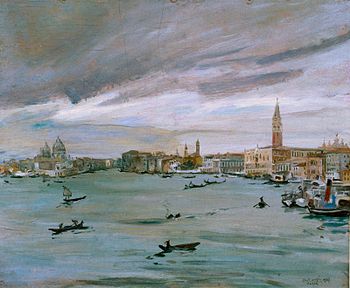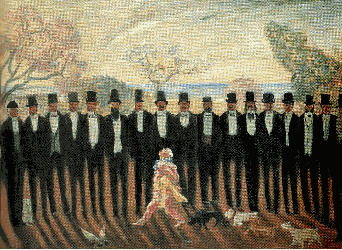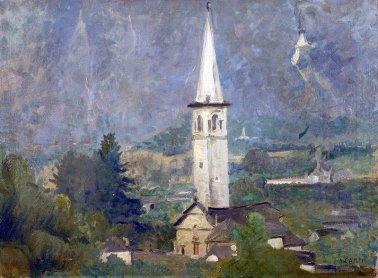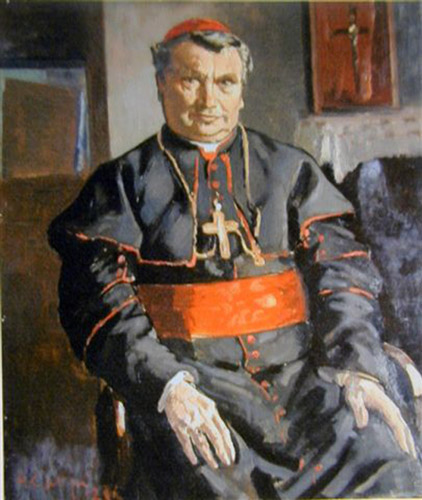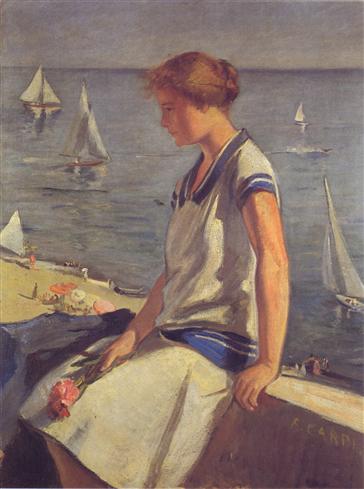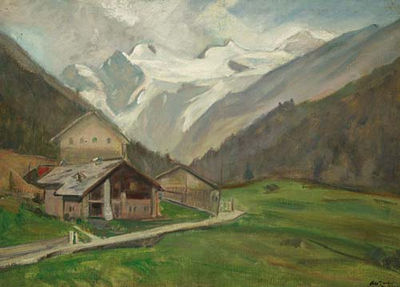<Back to Index>
- Painter Pompeo Borra, 1898
- Painter Aldo Carpi, 1886
PAGE SPONSOR
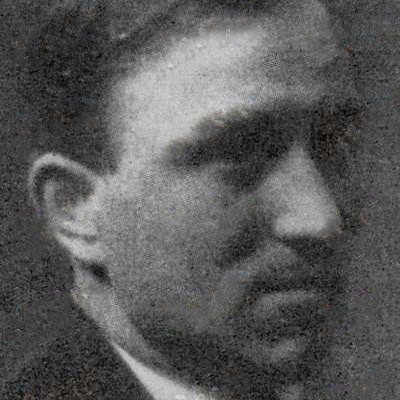
Pompeo Borra (Milan, 1898 – Milan, 1973) was an Italian painter.
Pompeo Borra’s studies were varied; first he attended technical schools and then, briefly, the course in decoration at the Scuola degli Artefici at the Brera Academy. After fighting as a volunteer in World War I, he returned to Milan, where he made his debut at the Famiglia Artistica in 1920.
In 1924, he participated in the Esposizione Internazionale d’Arte in Venice arousing the critics’ interest with his severe language deriving from the Quattrocento characterized by solid volumes and suspended, unreal atmospheres. His archaic style drew him to the Novecento Italiano and from 1926 on he took part in all the group’s shows. In 1928, he showed works in the major exhibition of Italian art, curated by Franz Roh, the theorist of Magical Realism and German Neue Sachlichkeit.
During the 1930s, he renewed his pictorial language by adopting a lighter and more luminous range of colors, without, however, abandoning the solid volumes of his figures. With the paintings of this period, his reputation as an artist became firmly established and he won the Principe Umberto Prize in 1934.
Between 1936 and 1939, he made frequent stays in Paris
where he came into contact with the art dealer Léonce Rosenberg, director of the
gallery L’Effort Moderne and promoter of Pablo Picasso and
Georges Braque. At this time his painting was influenced
by contemporary researches on abstract art resulting in a
limited number of geometric works. This was followed by a
vast output in which the artist did not abandon figuration
and painted mainly female portraits and landscapes.
Different variations on these subjects were frequently
produced throughout his mature period, which is
distinguished by an intense research on color, applied in
broad flat fields using tones that deliberately clash, and
on the simplification of the form within a two -
dimensional space. He began teaching art in 1948, first at
a secondary school and then at the Brera Academy, where he
was appointed director in 1970.
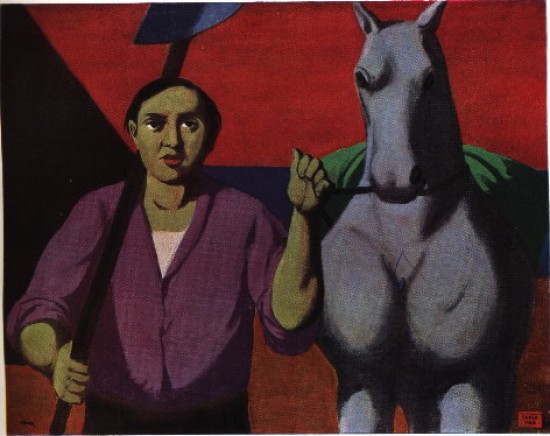
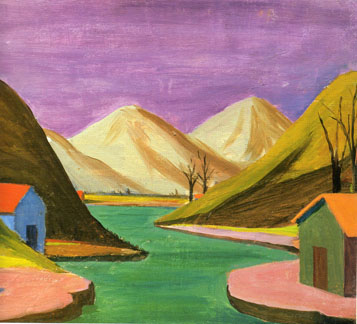
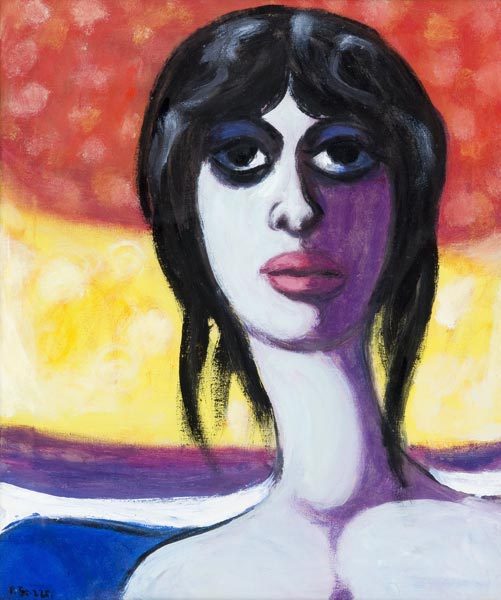
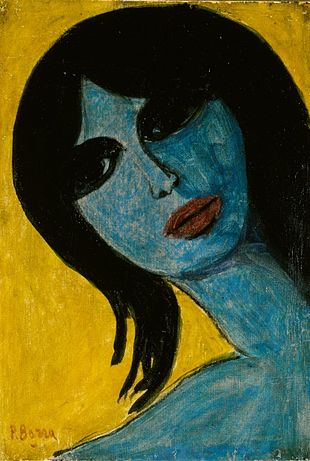
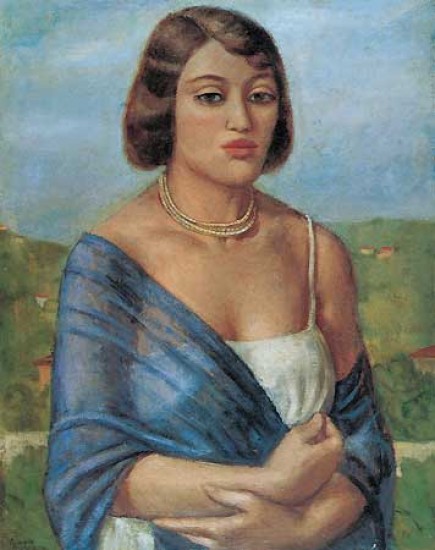
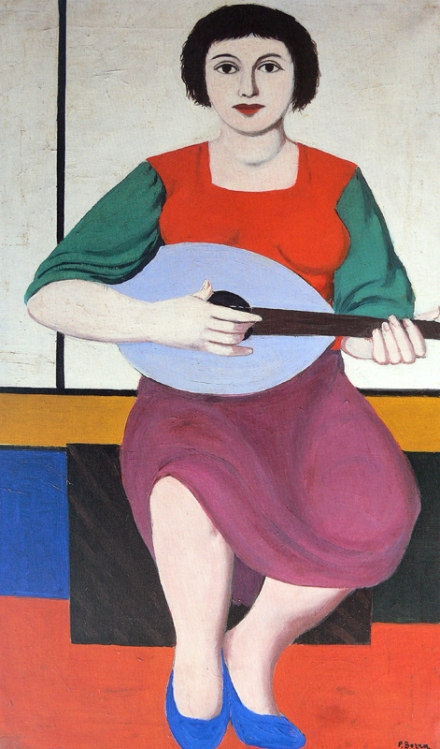
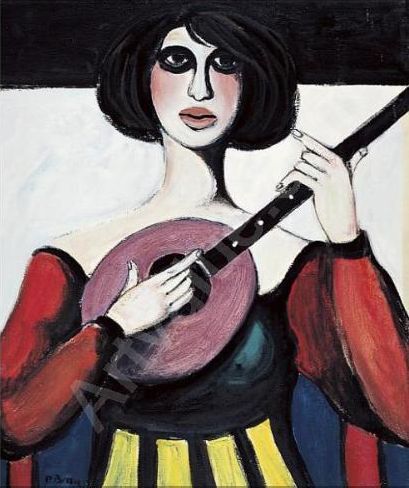
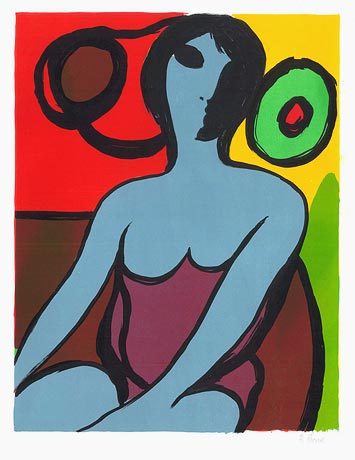
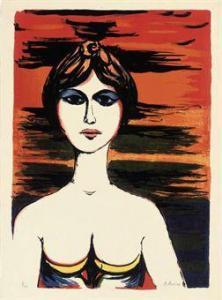
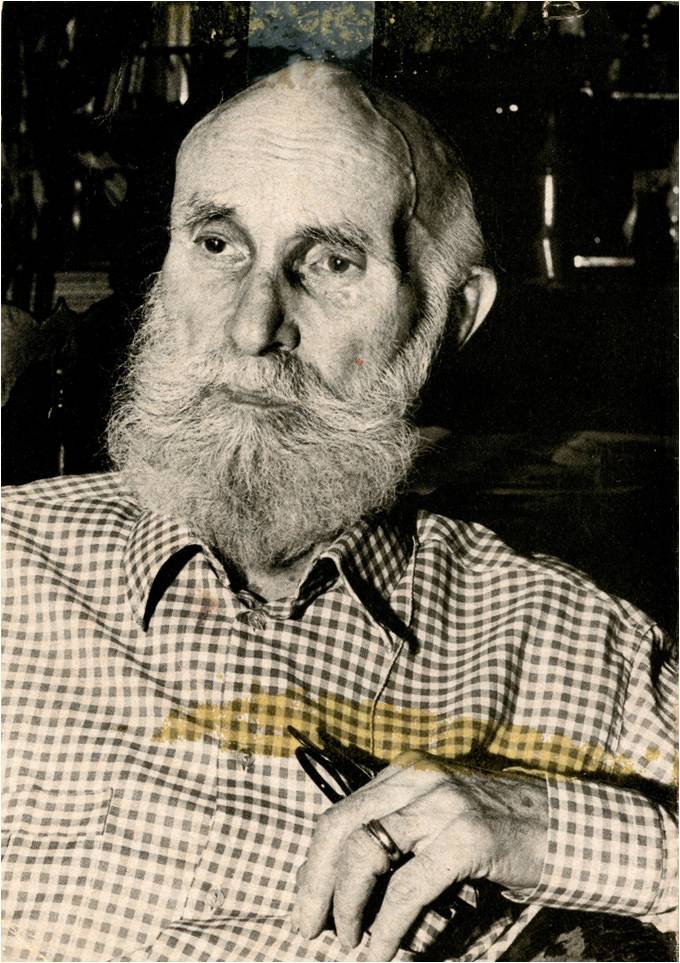
Aldo Carpi (1886–1973) was an Italian artist, painter and writer, author of a collection of memoirs concerning his imprisonment in the infamous Mauthausen - Gusen concentration camp.
Born in Milan, early in his youth he started studying fine arts under the tutelage of Stefano Bersani. In 1906 he joined the noted Brera Academy, where he met some of the most renowned Italian painters of the epoch, including Giuseppe Mentessi, Carlo Cattaneo, Cesare Tallone, as well as Achille Funi, Emilio Gola and Carlo Carrà. The following year he appeared at the Brera art exhibition, which was followed by his appearance at the 1912 Venice Biennale. Since then he participated in every Venetian Biennale except those held in 1940, 1950 and 1952.
Drafted into the Italian Army in 1915, he served at various fronts of the Great War. In 1917 he married Maria Arpesani. In the 1920s, Carpi developed the style of his paintings and landscapes under the influence of Italian 19th century painters. For his works in 1925 he was awarded with the prestigious Premio Principe Umberto. In 1927 he became the author of new frescoes in the San Simpliciano Basilica in Milan. In 1930 he became the professor and deacon of the faculty of painting at his alma mater. In 1934 he also prepared a project for the new stained glass windows in the famous Duomo of Milan, which however was not completed until after the World War II. In 1937 he appeared at the Exposition Internationale des Arts et Techniques dans la Vie Moderne in Paris, where he was awarded a bronze medal.
In January 1944, during the World War II, he was arrested after a colleague informed on him, and was imprisoned in the concentration camp Gusen I of the Mauthausen - Gusen system, where he kept a diary and made a number of sketches portraying life and death in the camp. Liberated at the end of the war, he returned to Milan, where in 1956 he was awarded the state prize for his works and cultural merits. He also became the rector of his alma mater. In 1972 he prepared one of his last major works, a large monographic exhibition of his works.
He died in 1973 in Milan.
